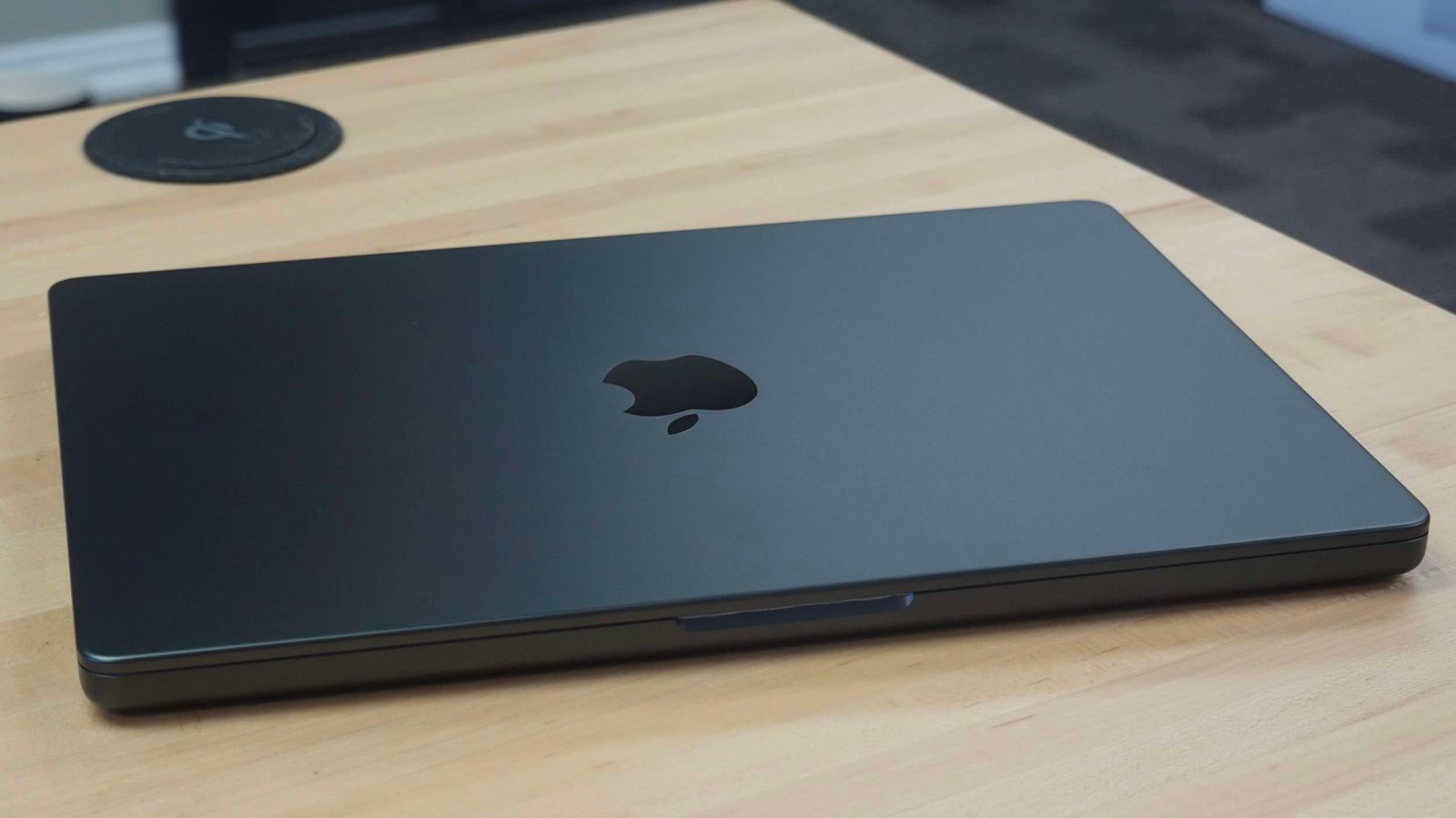
Other than the new M3 chip, the most significant change on the latest MacBook Pro is the new space black colorway. This new color replaces space gray and features what Apple describes as a special anodization seal to reduce fingerprints.
How exactly does this work? The folks at iFixit have published a new in-depth look with all the details.
MacBook Pro in space gray vs space black
iFixit first explains why “space gray” was never as dark as some wanted. Essentially, it boils down to how light reflects off the surface of the MacBook Pro:
Apple’s Space Grey surface took an important step towards achieving a black laptop with the protection of an oxide layer. Through the anodization process, they transformed a glossy smooth untreated sheet of aluminum into a visually pleasing, diffuse surface.
But they didn’t go far enough—that surface was still too glossy. Despite adding black dye during anodization, the Space Grey MacBook specularly reflected enough light to cause considerable glare—enough to make it seem more grey than black.
With the new space black MacBook Pro this year, iFixit explains that Apple likely realized they could “etch the already rough anodized surface” to make it more uneven. This results in the surface diffusing more incoming light rays and “sending them off in more directions” for a more matte black finish.

Here’s a microscopic image of the space gray (left) vs space black (right) designs, with iFixit’s explanation below.
You can see this at the microscopic level; we see brighter spots in the Space Grey finish because the absence of etching has led to a more consistent surface angle for light photons to react with. Space Black, and its characteristic etching process, comes back as a more subdued color because our eye—or in this case, the camera—picks up more diffusely reflected light coming off of the surface.
The ‘anodization seal’ to reduce fingerprints
iFixit also has some speculation on the space black MacBook Pro’s fancy anodization seal, which cuts down on fingerprints:
Our theory is that the Space Black cover’s additional bumpiness plays a significant role in reducing the print visibility. You leave a print when the sweat and oil from your finger transfers to a surface and spreads over it. A smooth surface—like the one on your old Jet Black iPhone 7—is like a walk in the park for that finger gunk. It sprawls out and makes itself seen.
The peaks and valleys of the Space Black surface make for tougher trekking. The oil and sweat don’t transfer as easily and can’t spread as far. The fingerprint left behind is either fainter or avoided altogether.
And finally, as you’d expect, iFixit also tore down the new MacBook Pro to show off the inside. You can check out that video below. The full story at iFixit is well worth a read, with a whole bunch of technical details on the space black coating and design process.
FTC: We use income earning auto affiliate links. More.





